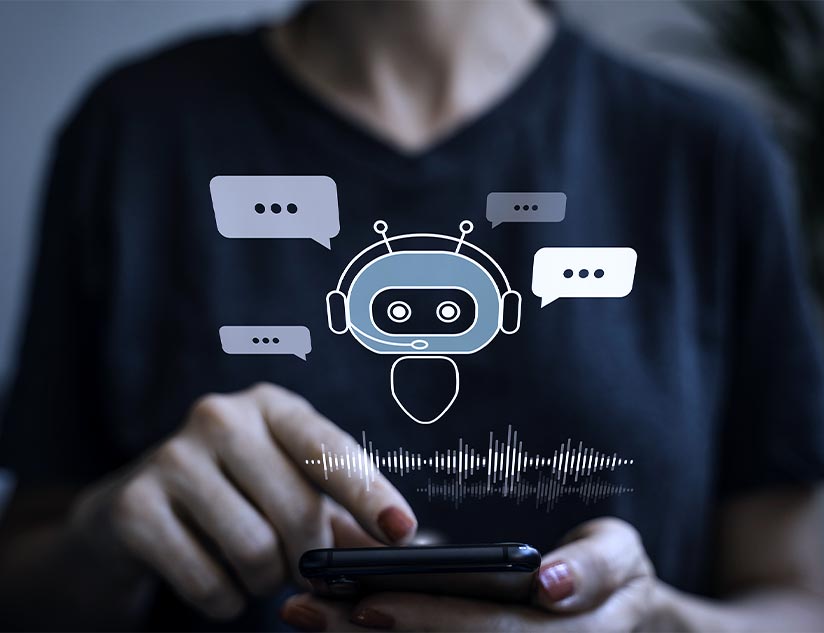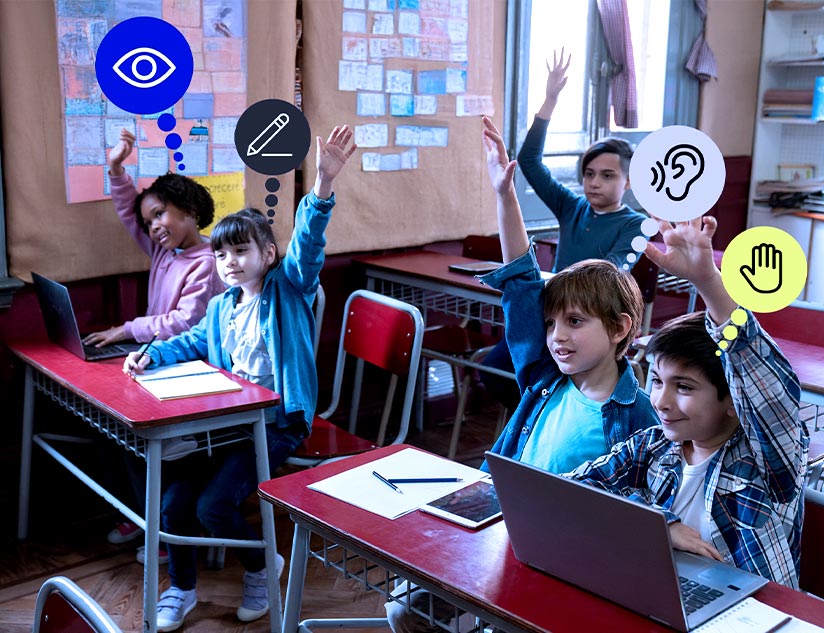Over the last decade or so, the term deep learning has been systematically used whenever the conversation strays towards artificial intelligence, big data, and analytics. There’s a good reason for it too – deep learning represents a huge step forward for the development of self-sufficient, self-teaching systems that can alter the very foundation of many industries.
For example, Google uses deep learning in its voice & image recognition algorithms, while Amazon and Netflix use it to suggest what you may want to buy or watch next. If we go by what the experts believe – this could just be the beginning. There are several real-world implementations of deep learning, which will revolutionize the way we view daily life and routine tasks. However, there is a great deal of misinformation that exists about deep learning, which begs to be clarified as well.
How does Deep Learning work?
At the most basic level, deep learning involves the input of large amounts of data into a computer system, which it uses to respond to, and make decisions about other data that it encounters later. The data is fed to the system through neural networks. These networks are logical constructs that ask a series of binary true/false questions or obtain a numeric value, and then proceed to classify the data in question as per the answers. Some of the most impressive applications of deep learning that exist today include self-driving cars, software that recolor images, adaptive healthcare, automated analysis of data, movie & shopping recommendation engines, and much more.
What caused sudden interest in Deep Learning?
Artificial intelligence has been something that has been at the back of researchers’ minds for decades now. Ever since the birth of AI as a concept at the Dartmouth Conferences way back in 1956, it has been hotly debated, discussed, and worked upon. Up until 2012, it was considered as something too outlandish for practical usage. Although, over the last few years, there has been a resurgence of this concept. With the availability of cheap storage and processing power, advancement in parallel processing thanks to big data technologies like Hadoop etc, researchers and scientists have let loose a barrage of applications using AI and deep learning that are used by people from all over the world.
Ease of Access and Wider Integration
As a concept, the biggest asset of deep learning is to use artificial intelligence systems to break down tasks, while assisting machines in performing the same tasks. The proof is everywhere – driverless cars, navigation systems that talk to you, computer software that execute tasks that you dictate, among many other things.
Deep learning in Education
Deep learning isn’t just limited to Netflix recommendations and self-driving cars. Today, with the advent of technology in the education sector, there have been important developments that deep learning has created in the field of education. For example, IBM’s Watson Content Analytics program allows for the organization and optimization of content modules. Some learning systems that integrate deep learning are now being used to track knowledge, and recommend next steps. Another system, called NewClassrooms, allows for dynamic scheduling that matches needy students with available teachers. There are also intelligence tools that analyze large chunks of structured and unstructured data and visualize workflow, while identifying new opportunities for both teachers and students.
While impact on learning outcomes are yet to be seen and measured, existing education platforms will increasingly start adopting machine learning and artificial intelligence. The result is simple – tomorrows learners will be learning on platforms that uses deep learning, artificial intelligence to create a learning personalized path based on each learner’s individual needs.
Artificial intelligence and deep learning, is the present and is quite likely to become our future as well. With the integration of deep learning into artificial intelligence systems, the possibilities are endless.














